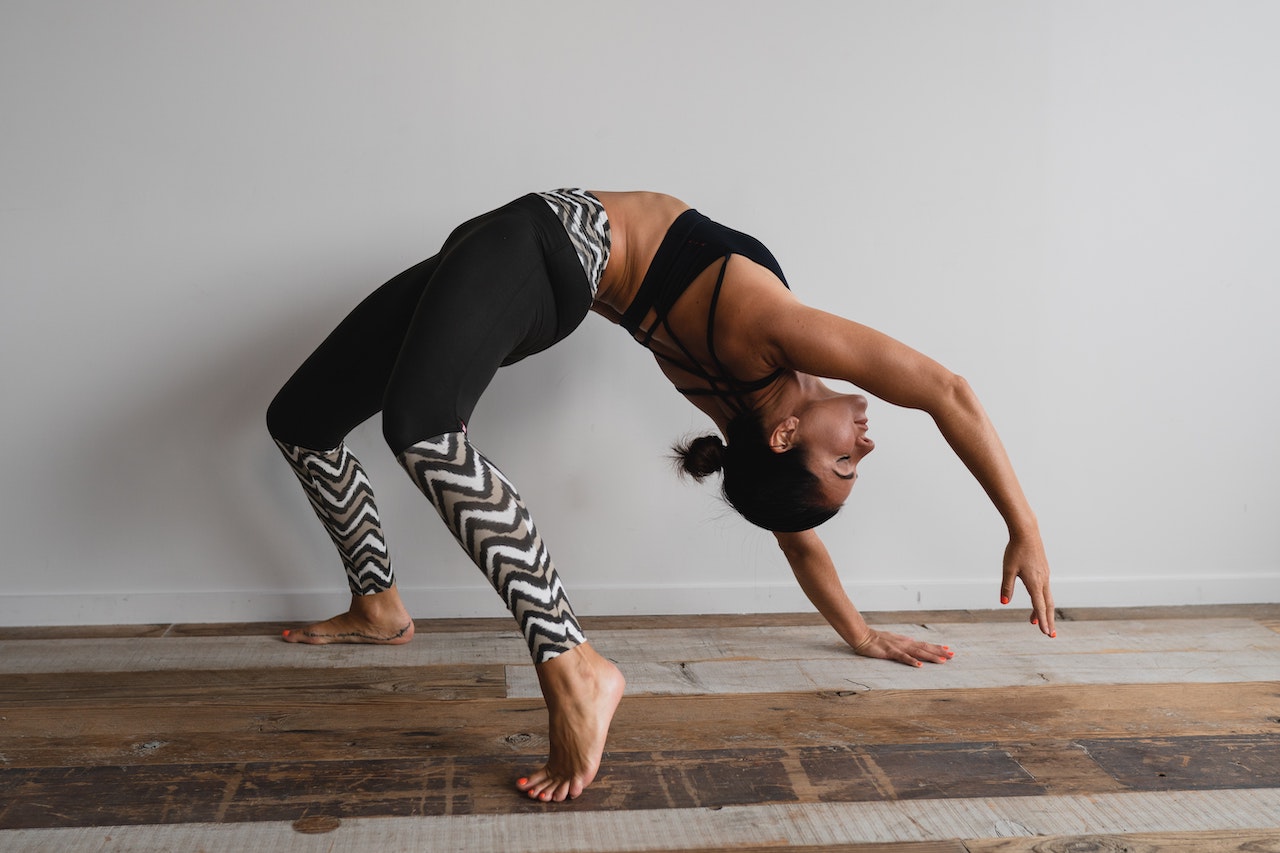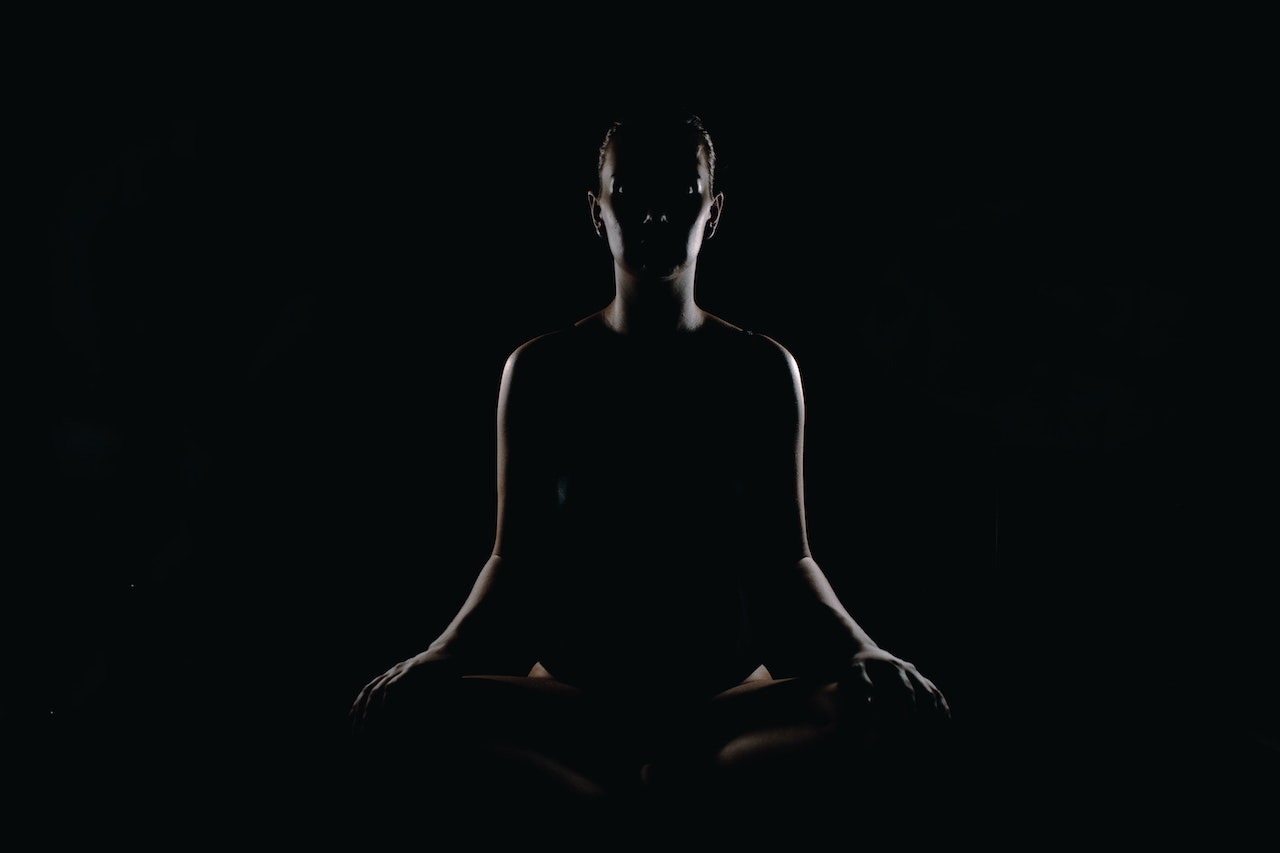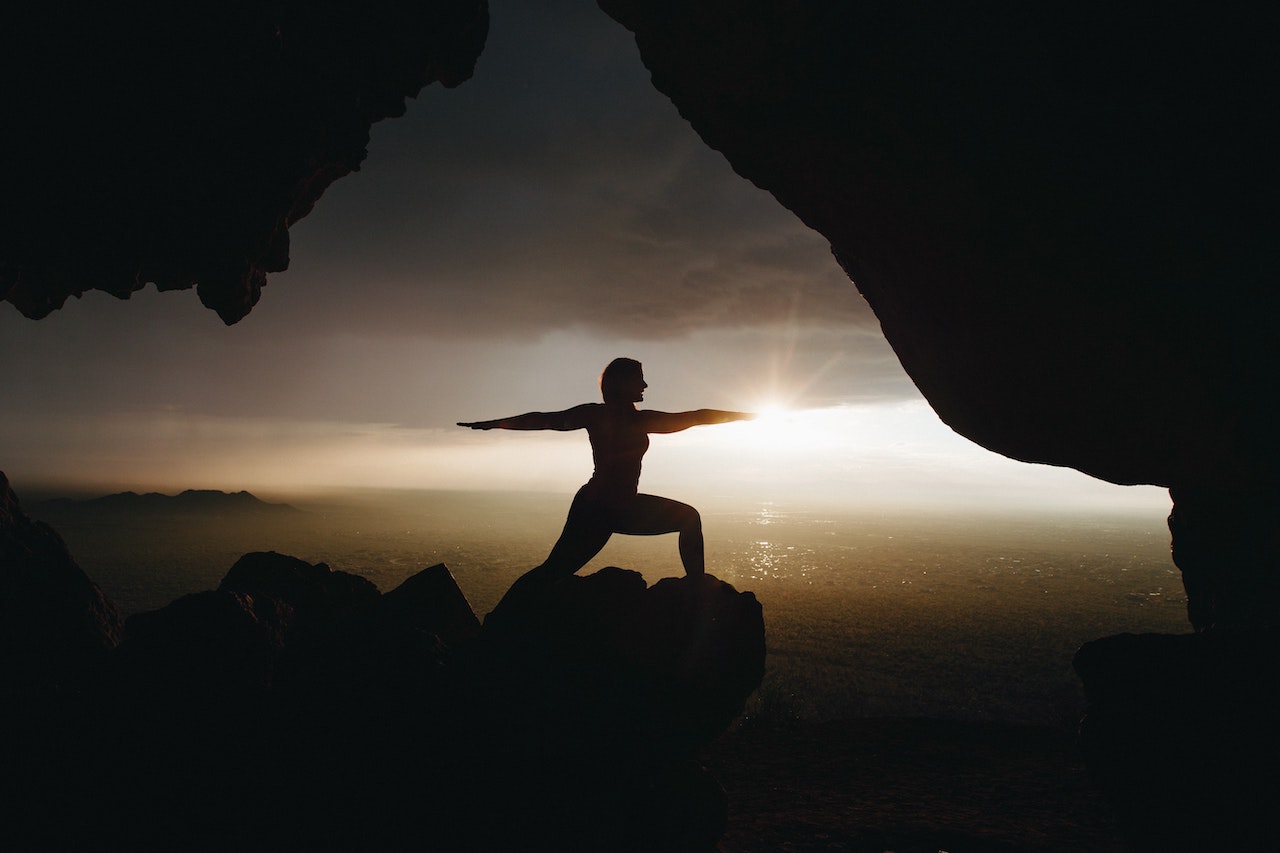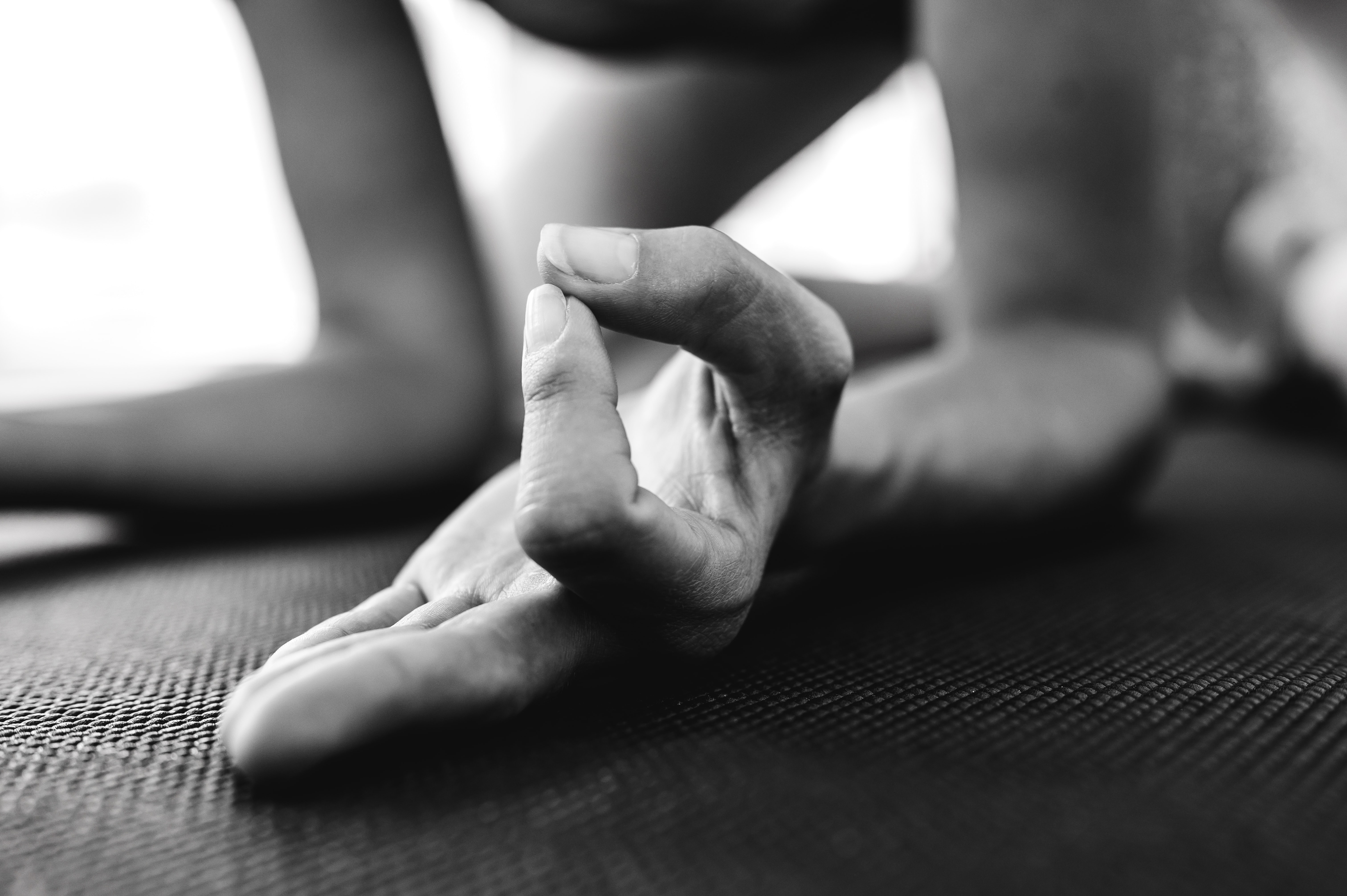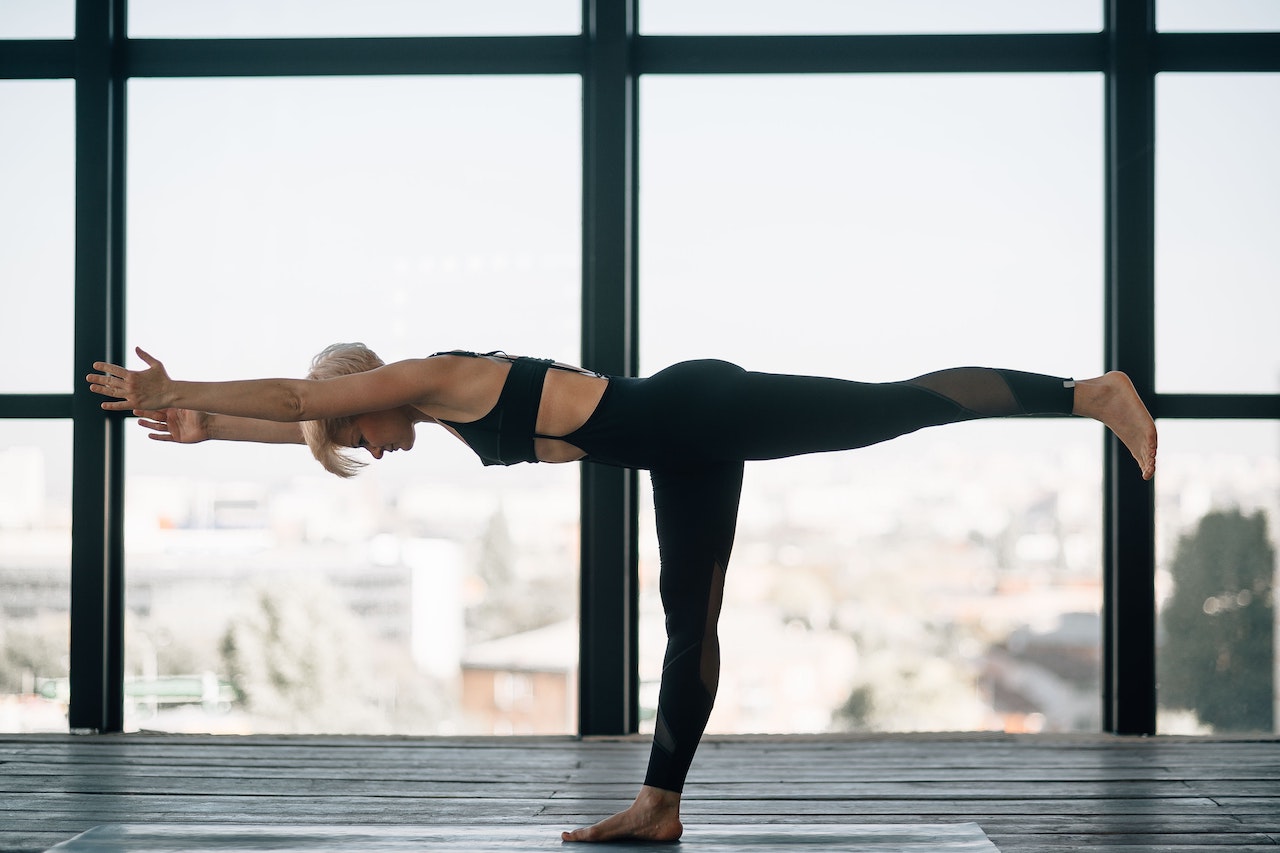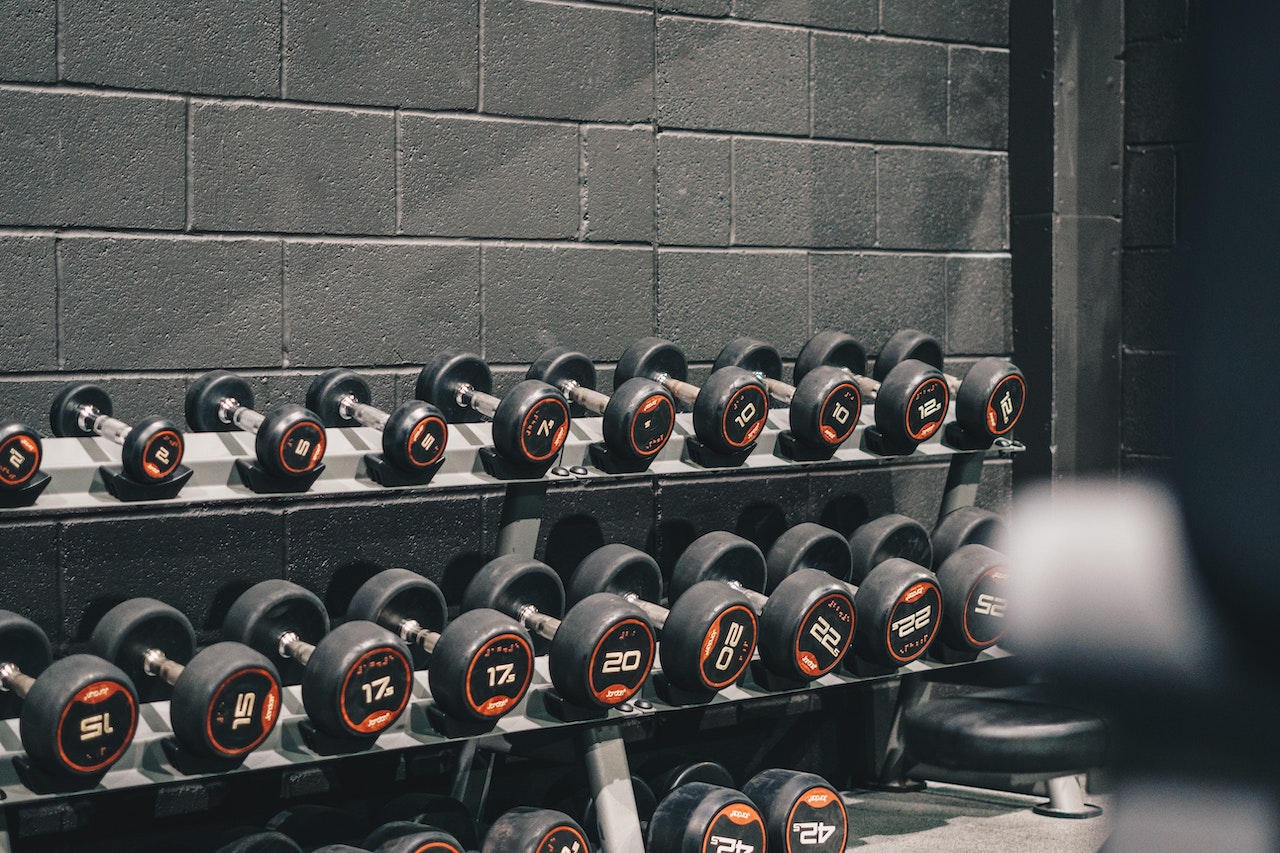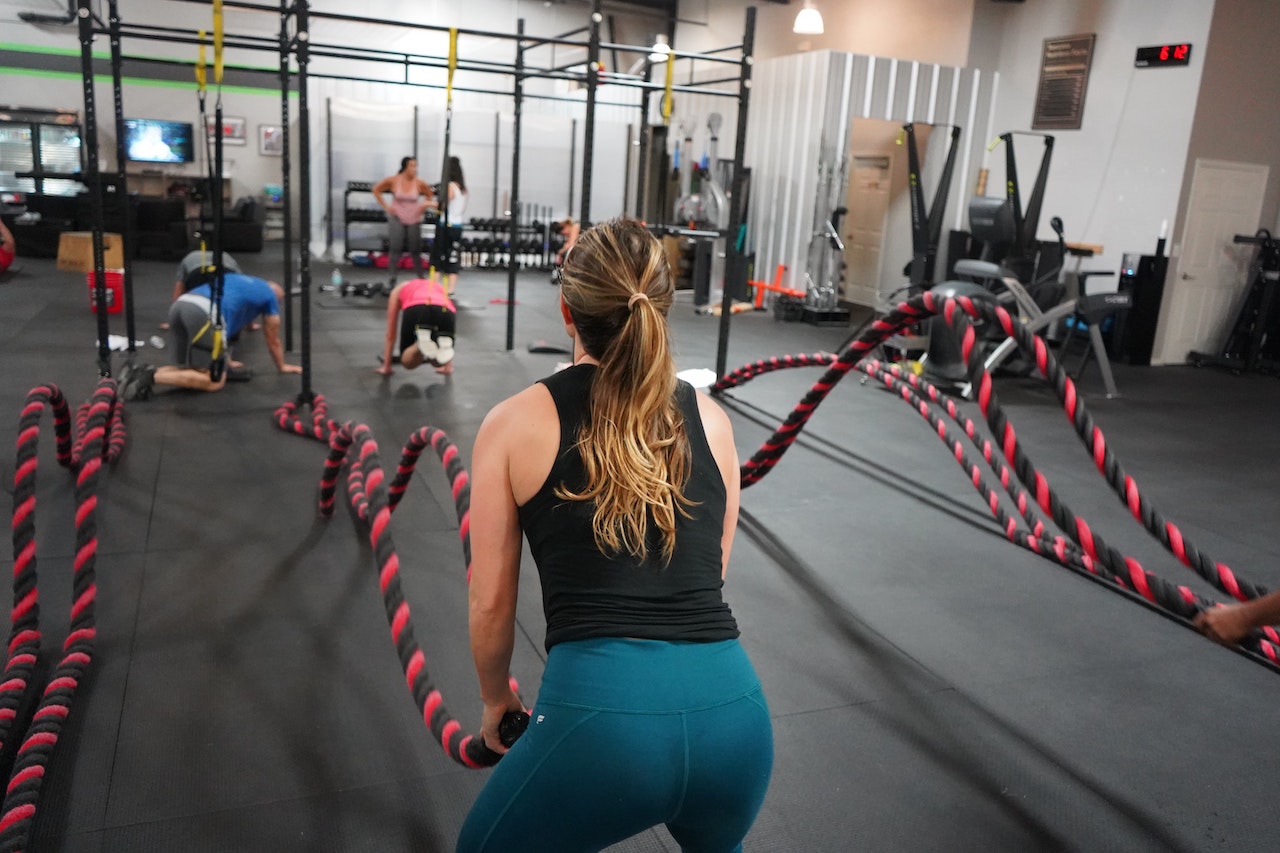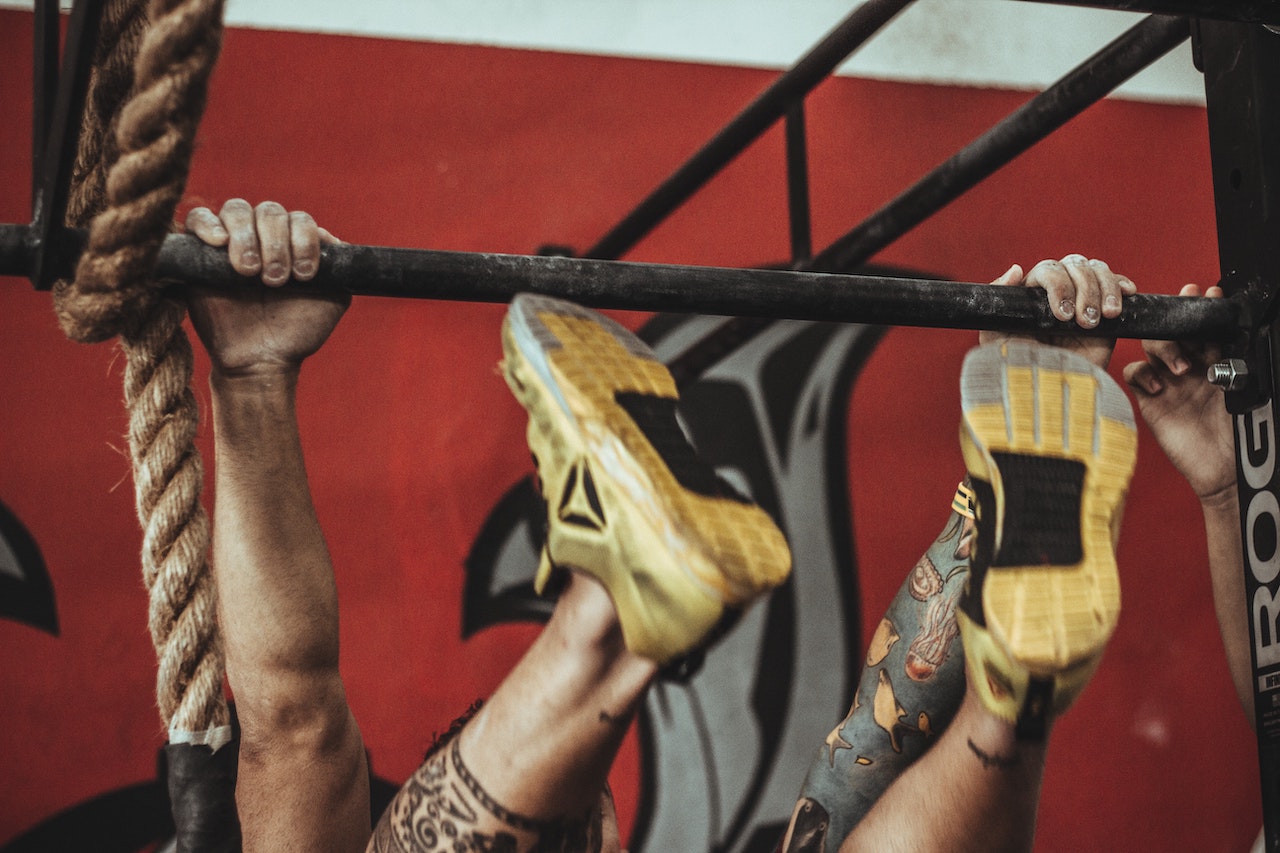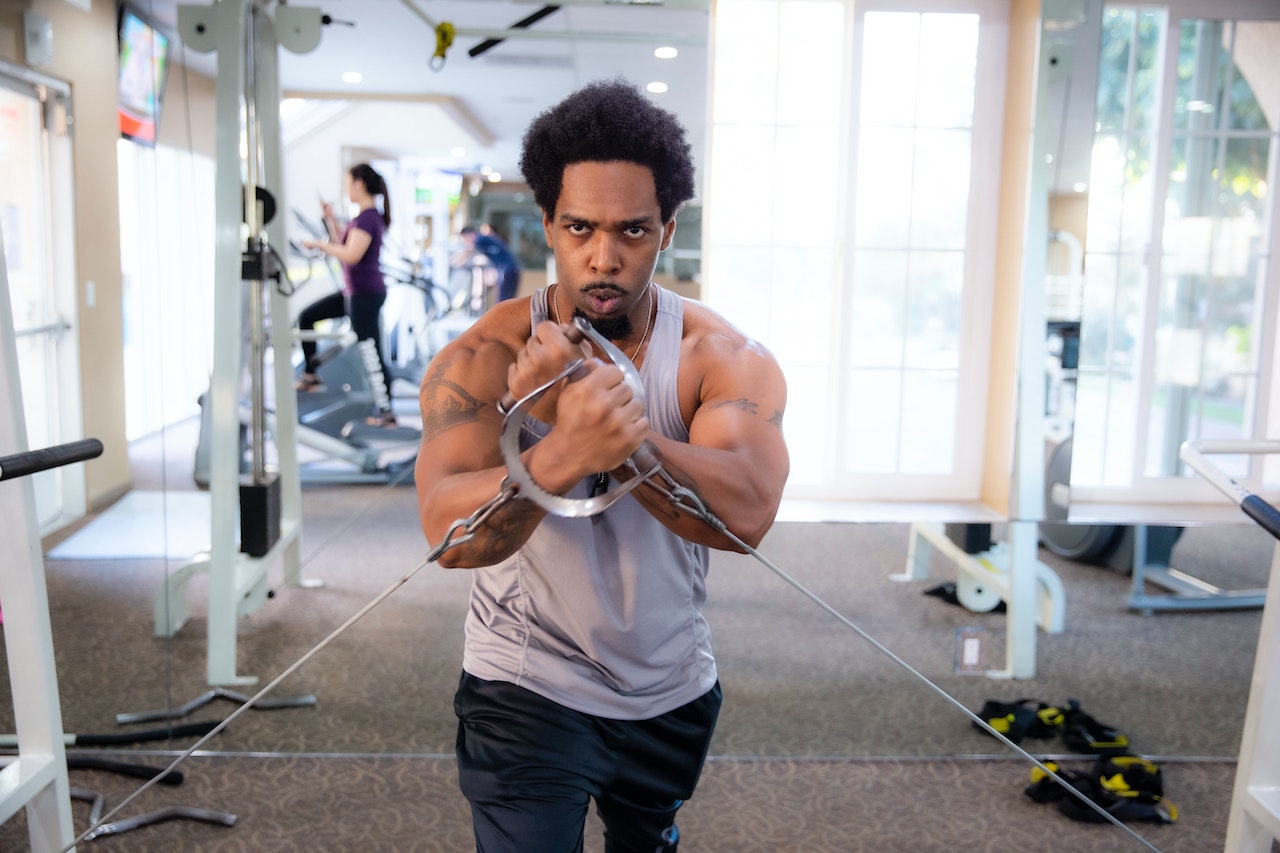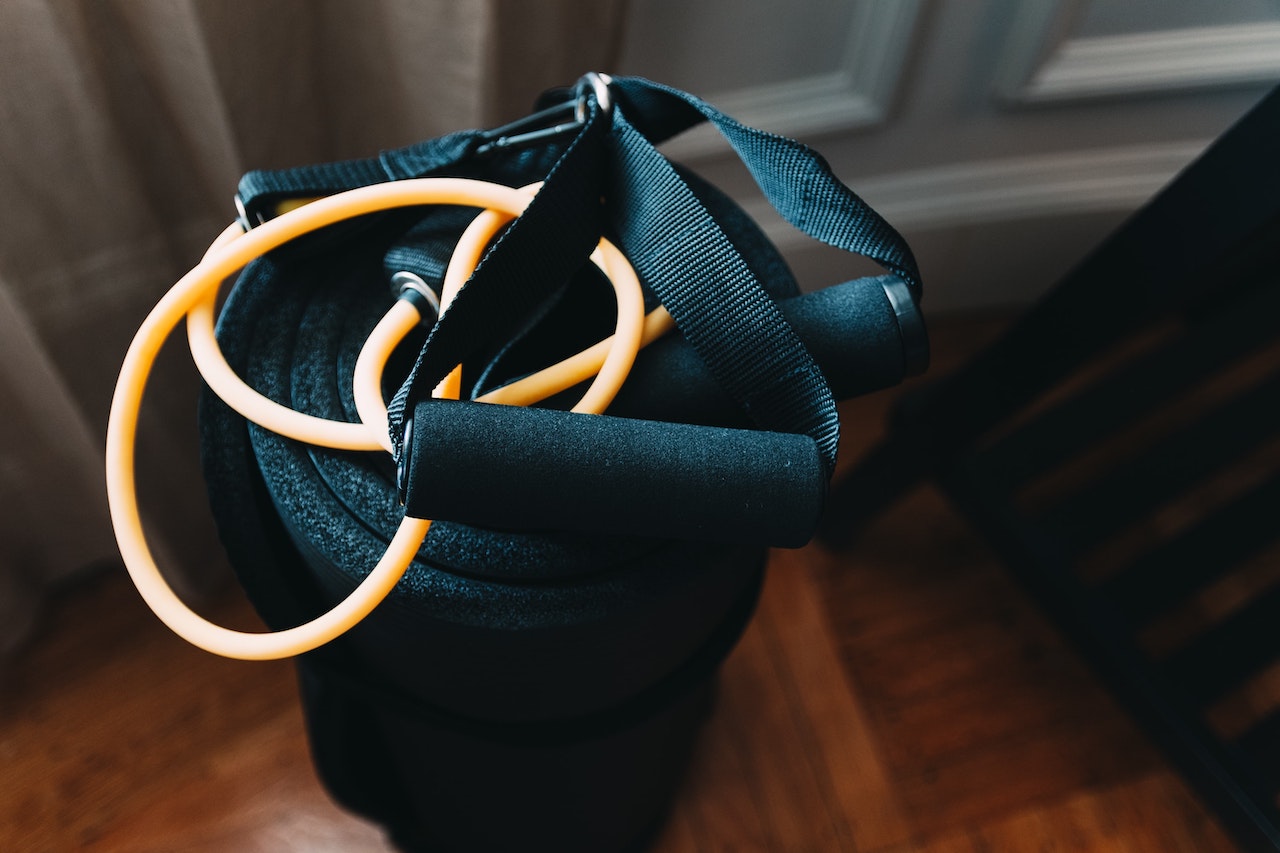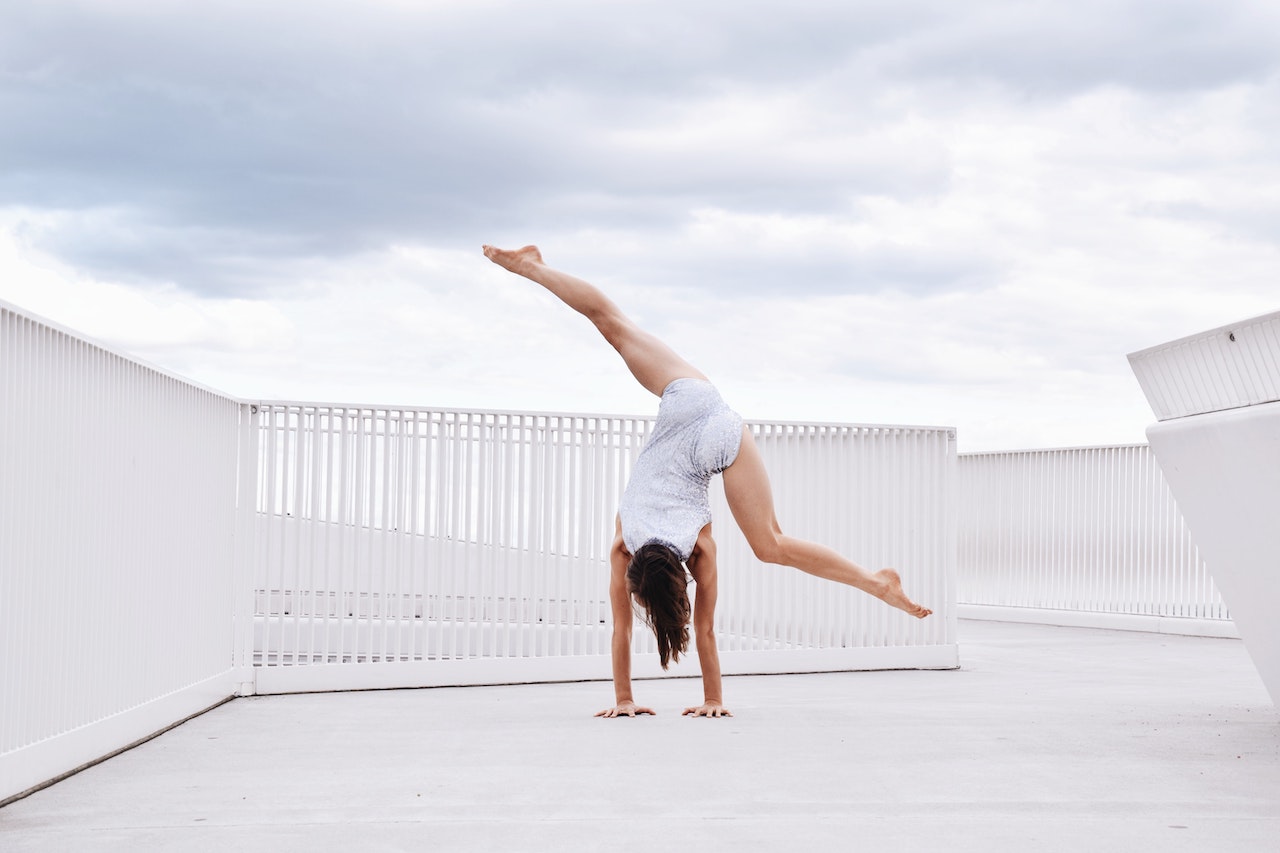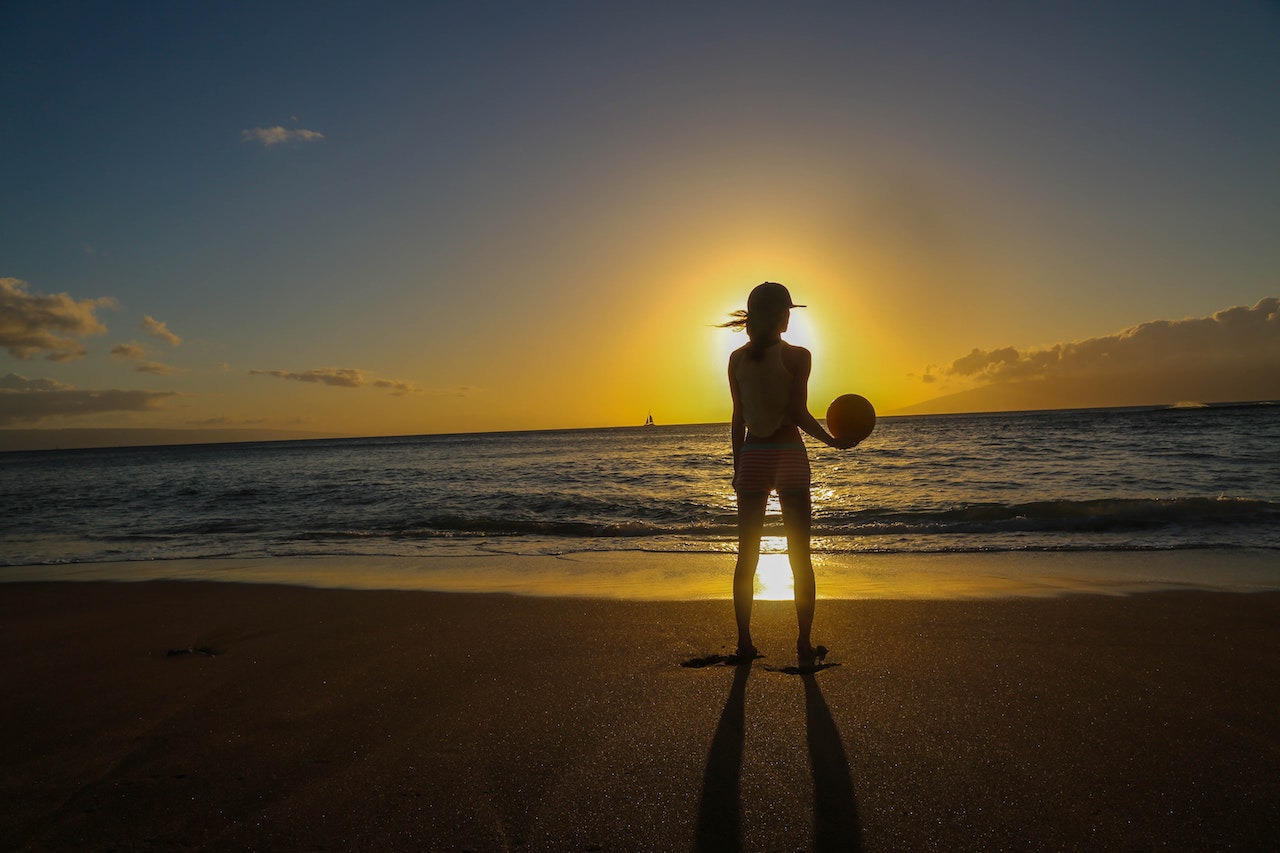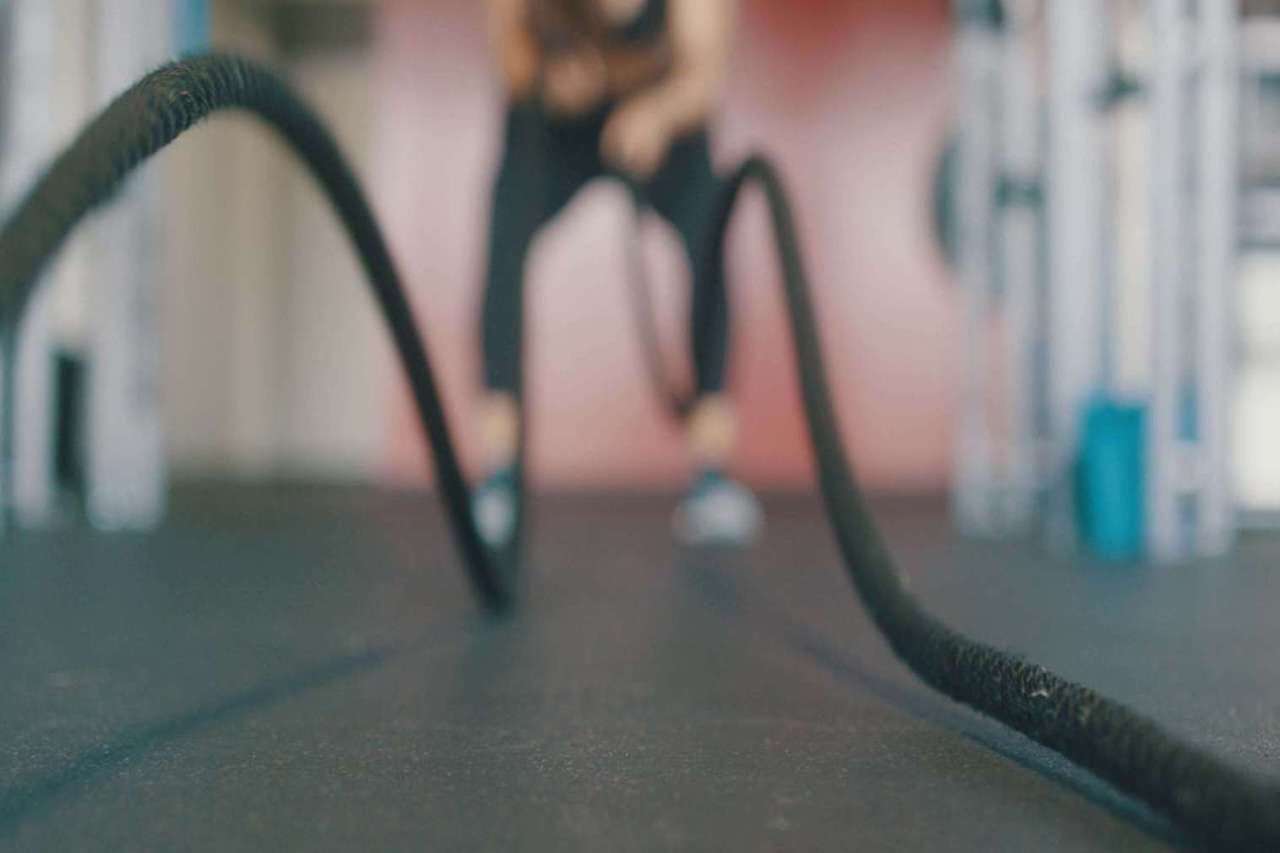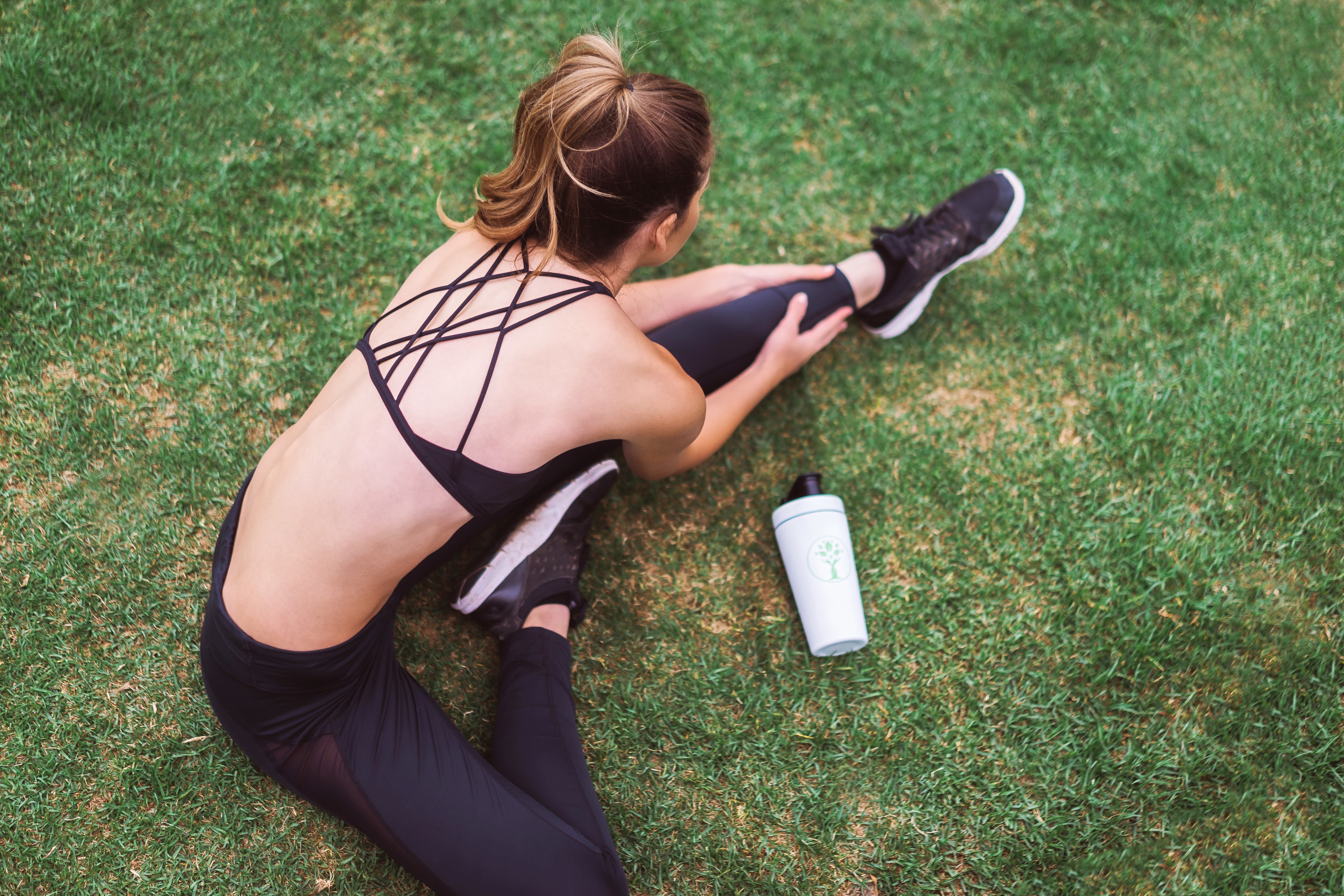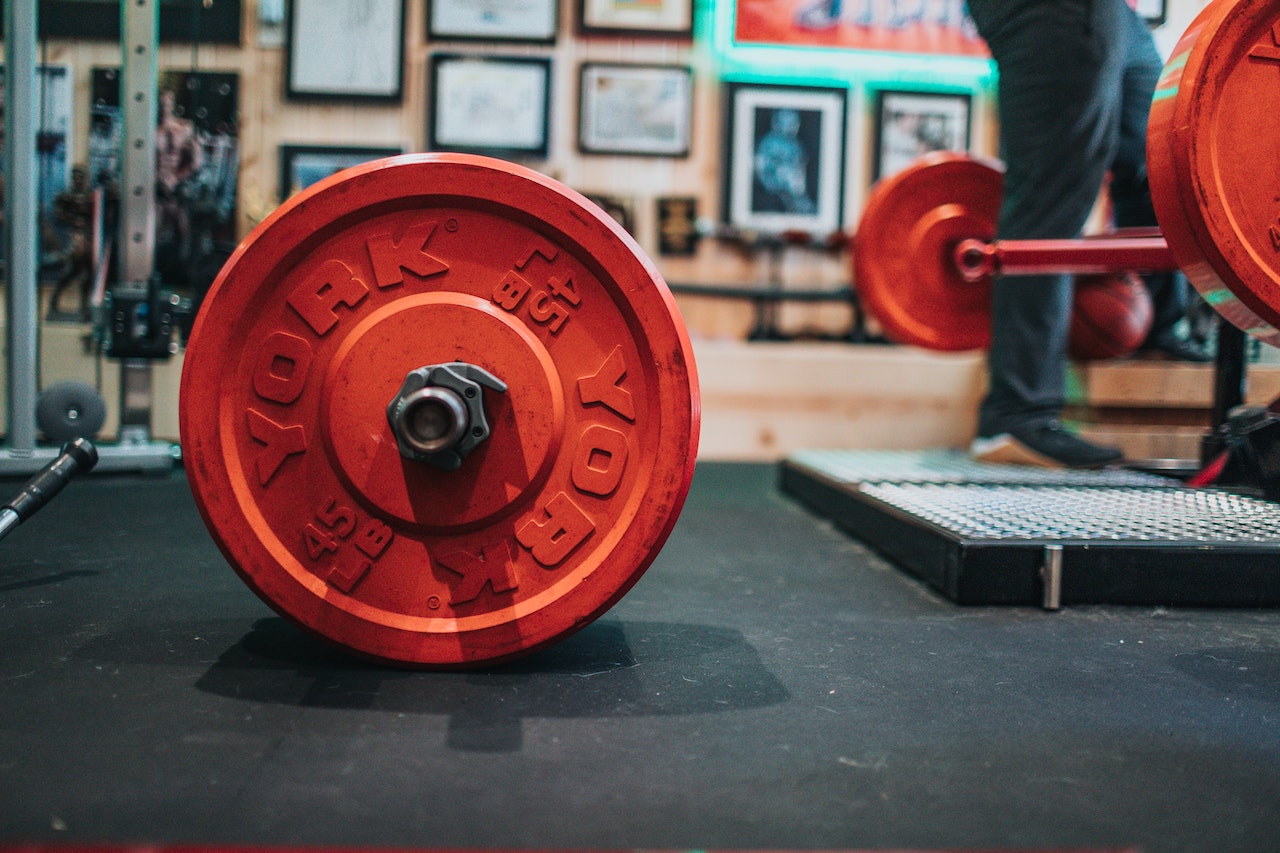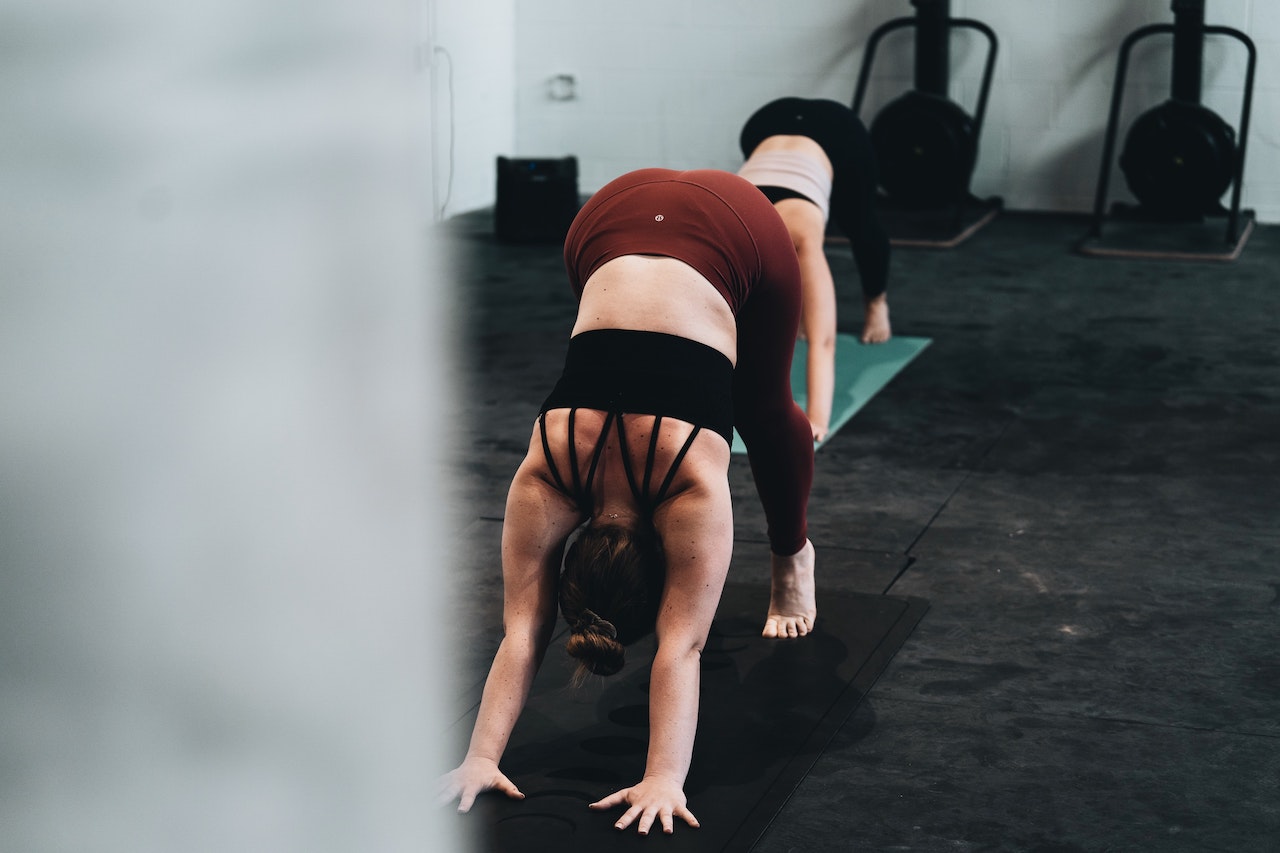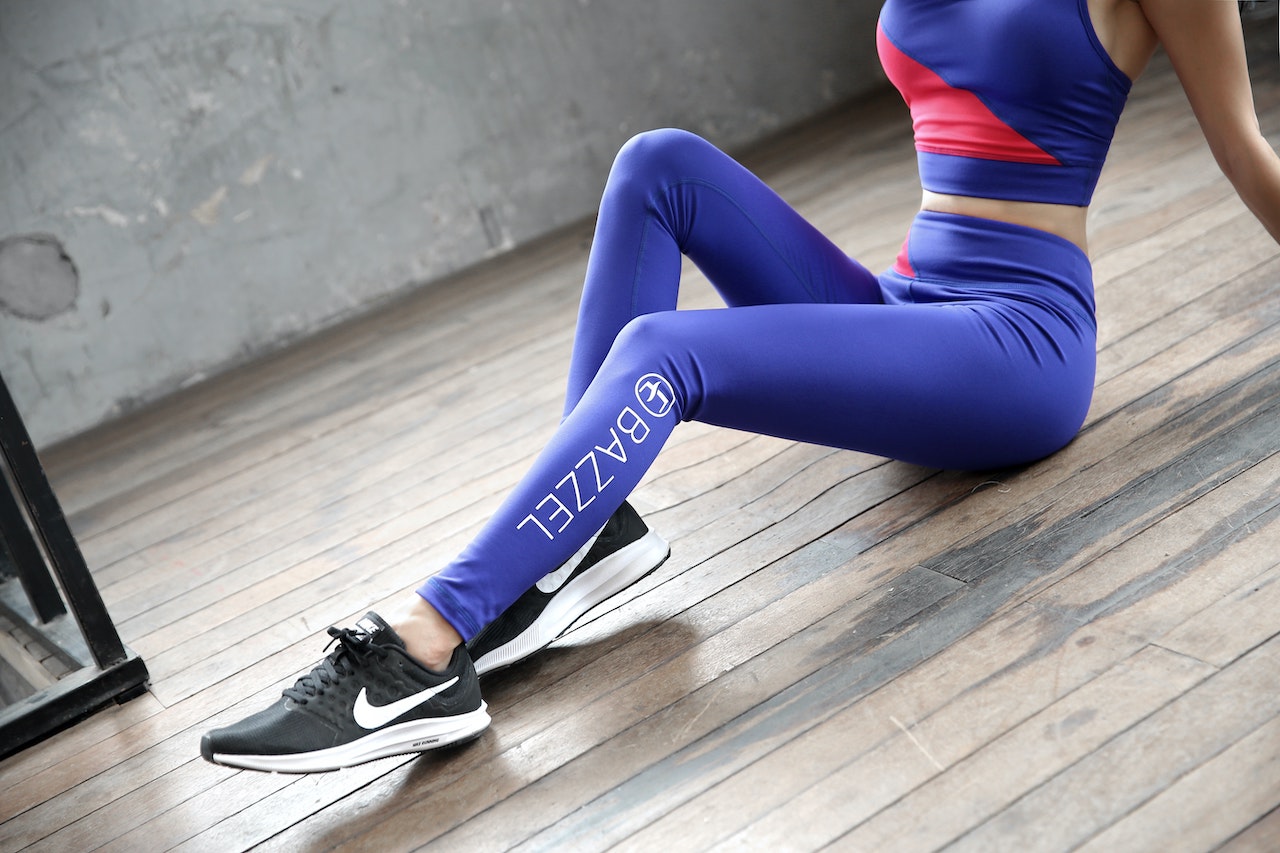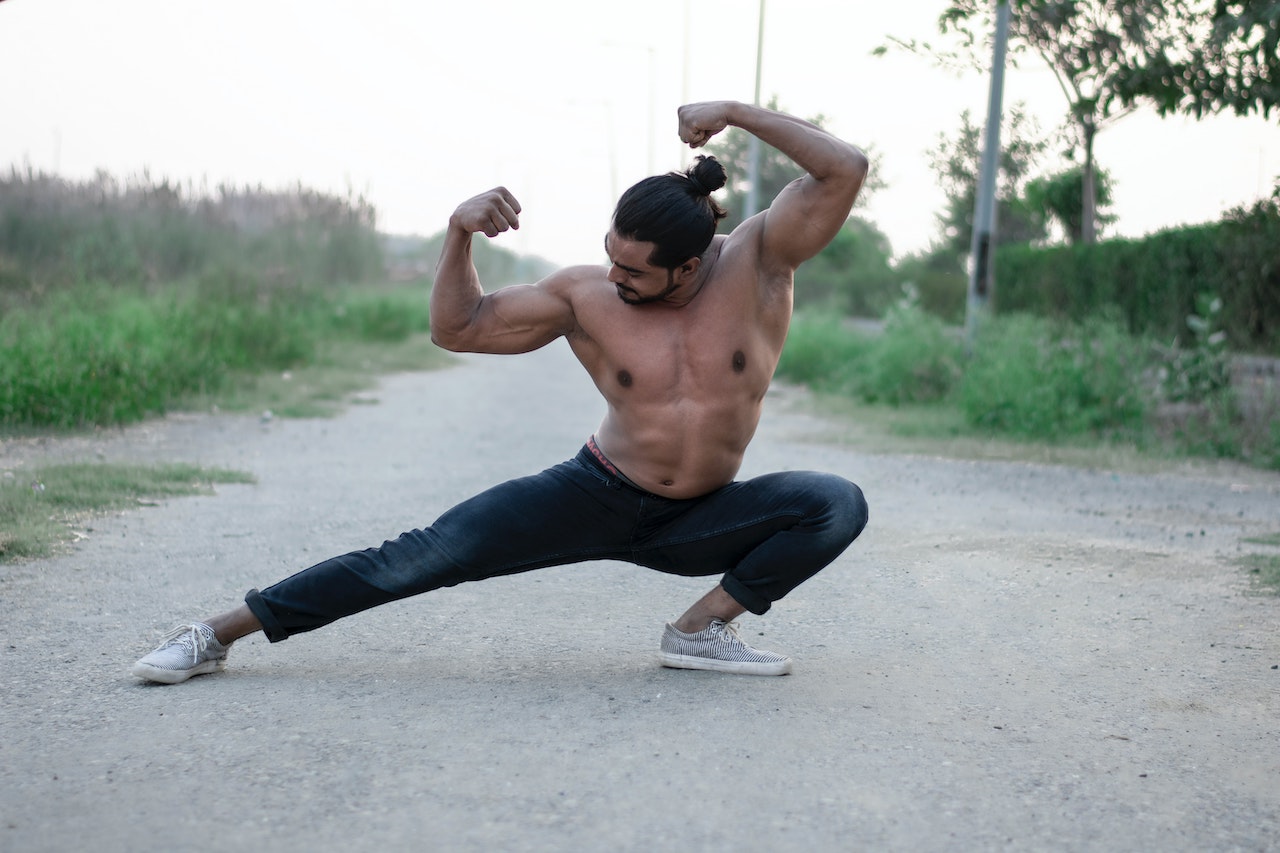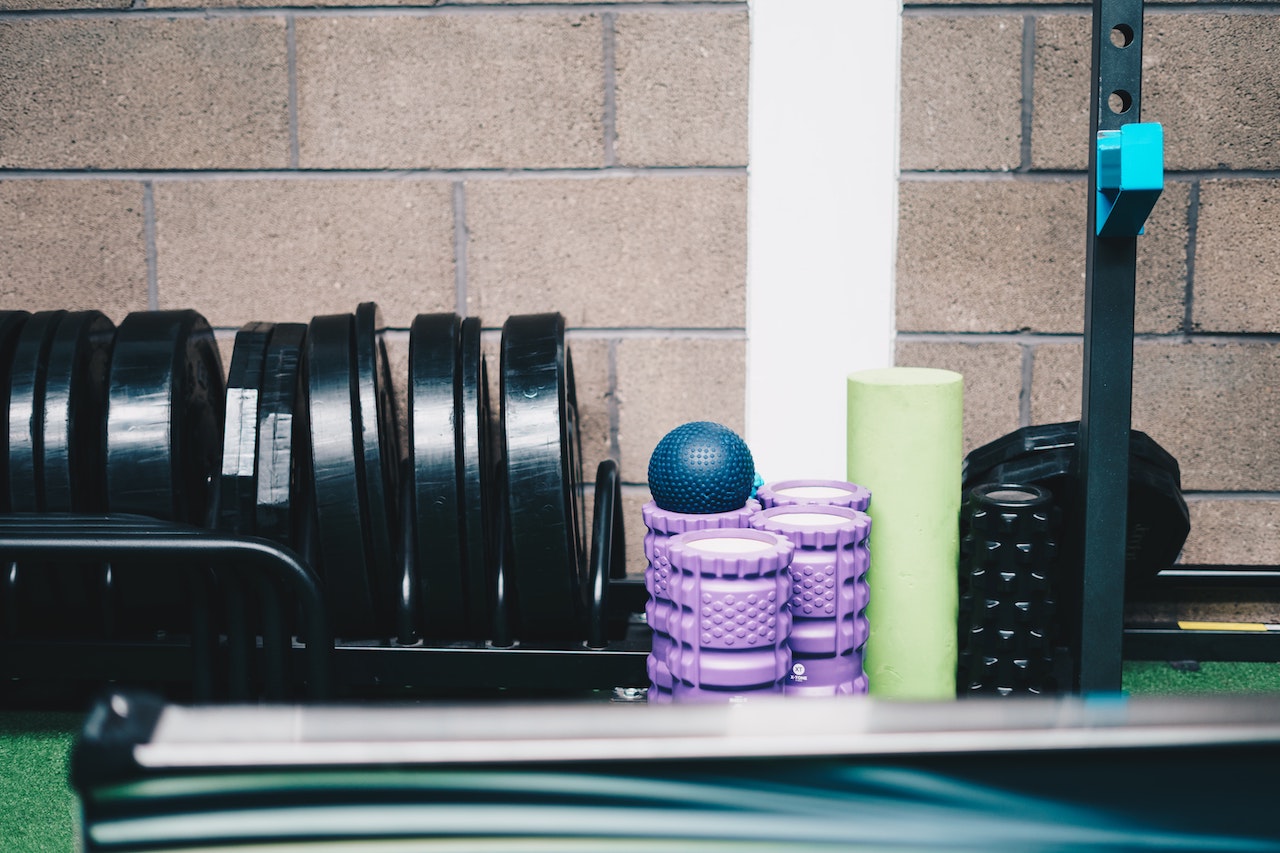Protective gear makes your training twice as effective and prevents injuries. Proper use of protective gear can maximise your training gains, while blind use of equipment may instead cause injuries.
When to use equipment? What kind of equipment should i use at what stage? What kind of equipment should a beginner use? With all the gear ads, gear recommendations and gear tips on the internet, i'm sure you're dazzled.
For a comprehensive guide to protective gear, today we're talking about wrist guards.
A comprehensive guide to protective gear - wrist guards
Wrist protectors, as the name suggests, protect the wrist, so let's start by understanding what wrist protectors are. The wrist is arguably the most complex joint in our body
Basic wrist anatomy
There are 27 bones in the hand and wrist. Of these, the wrist has 8 small bones called carpal bones
The carpal bones and the two forearm bones: The ulna and the radius together form the wrist joint. The five bones that make up the palmar surface are called the metacarpals, which are connected proximally to the carpal bones and distally to the corresponding fingers and thumb
The distal end of the hand is made up of small bones called phalanges, which are arranged to form the corresponding fingers and thumb
The upper part of the palm is made up of eight carpal bones arranged in two rows, the carpal bones having a rectangular shape
It is a complex joint consisting of multiple joints, including the radial carpal joint, the intercarpal joint and the carpometacarpal joint, which allows the wrist and palm to perform a variety of movements and is very flexible
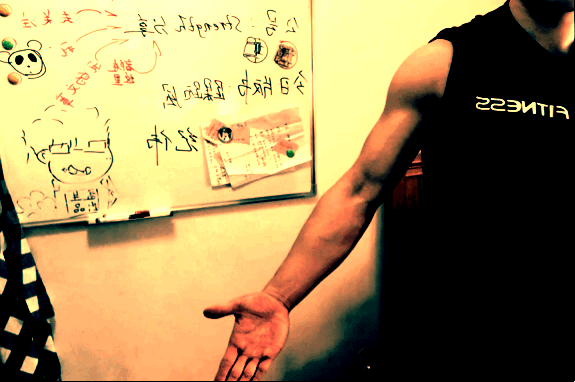
It can perform: Flexion, extension, abduction, adduction, adduction and circular movements
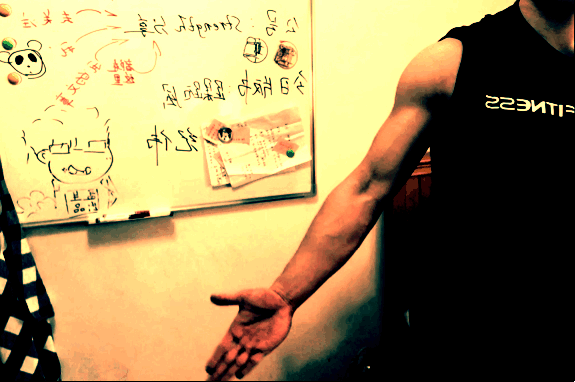
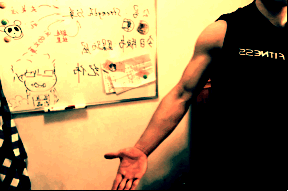
Wrist - fine and ingenious joint, flexible joints are at a better risk of injury in weight bearing sports

Such a delicate and ingenious joint also poses its own risk of injury, with common problems such as
Triangular fibrocartilage complex (tfcc)
Tfcc injury: This is a group of important structures on the ulnar side of the wrist, including the articular disc
The complex anatomy and multiple functions of the tfcc make it susceptible to trauma and degeneration. Any injury in the body that is named as a complex is by and large less likely to be rehabilitated because the complex composition of the complex makes rehabilitation after injury difficult to quantify, so we try to do as much work as possible not to adjust the injury, but how not to injure
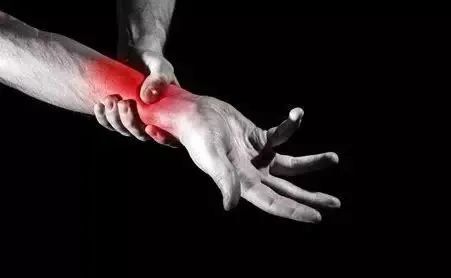
Carpal tunnel syndrome
Often referred to as mouse hand, it is a condition characterised by absolute or relative narrowing of the carpal tunnel, which increases the internal pressure in the carpal tunnel and the contents compress the median nerve in the carpal tunnel, causing numbness, tingling and abnormal sensation in the fingers on the radial side
(this is a chronic problem, commonly associated with chronic misuse of the wrist and surrounding muscles)

Tenosynovitis
Often referred to as mouse hand, overstimulation tends to strain the soft tissues of the wrist joint, causing localised tissue growth and oedema, which compresses the nerves in the wrist, thus causing a range of symptoms such as soreness and pain in the arm
(this is a chronic problem, commonly caused by long-term misuse of the wrist and surrounding muscles)
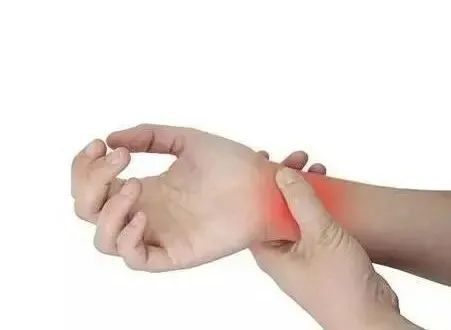
Injuries to the tissues, muscles, associated ligaments and cartilage of the wrist are actually very common in our lives. Chronic injuries and associated problems can occur as a result of long-term poor use, long-term poor posture, and acute injuries as a result of falls and incorrect joint loading stresses
The focus of our discussion today is on training-related wrist protection
This is why i always stress the importance of wrist protection in training. Many people will say: You don't need to wear a brace, you need to train to strengthen every position in your body!
In fact, it is very important to understand the use of braces correctly, as our bodies are born with weak links that cannot be significantly strengthened.
The wrist, as a flexible joint, is naturally very flexible
However, with this natural flexibility comes a less stable, injury-prone structure, and by using wrist braces in conjunction with wrist training we can largely prevent injuries from occurring.
Where do wrist guards come from and what are they? How should we choose wrist guards for different sports?
Wrist guards
We don't know the exact date of the first wrist brace, but the first patent for a wrist brace, invented by russian-american vitold drosness and patented in new york in 1901, looked like this
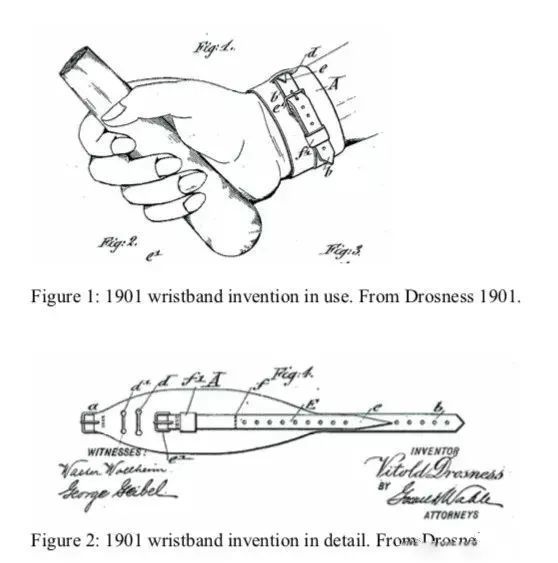
A hundred years ago people were already aware of the importance of wrist guards
The choice of wrist guards
Wrist wraps can be divided into protective and strength wrist wraps
Protective wrist guards

Protective wrist guards are commonly used in sports such as tennis and badminton, where players choose to wear protective wrist guards to help provide a degree of stability to the wrist joint.

Protective wrist guards are most often used to prevent sweat from running down the arm and getting the racket wet, but they are not as useful for stability and support.
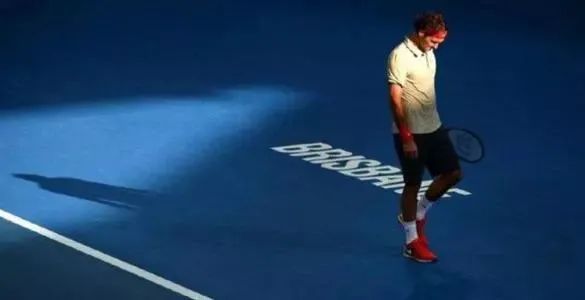
Strap-on protective wrist guards
The second type of protective wrist straps are commonly used in combat sports such as boxing.
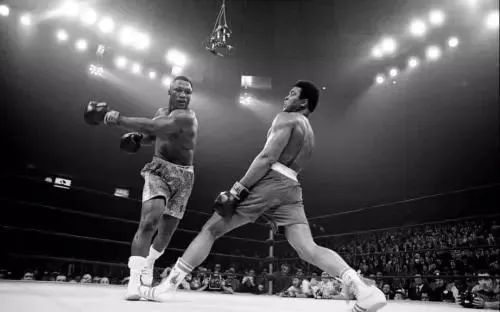
These are generally 6 cm wide and about 4 m long. Boxers put on a bandage and then a glove with a loop of rope on one end and a velcro strap on the other.
Boxing-type straps are more like hand guards than wrist guards, they protect against wrist injuries, metacarpal injuries, finger bone injuries, provide stability and support for them, etc.
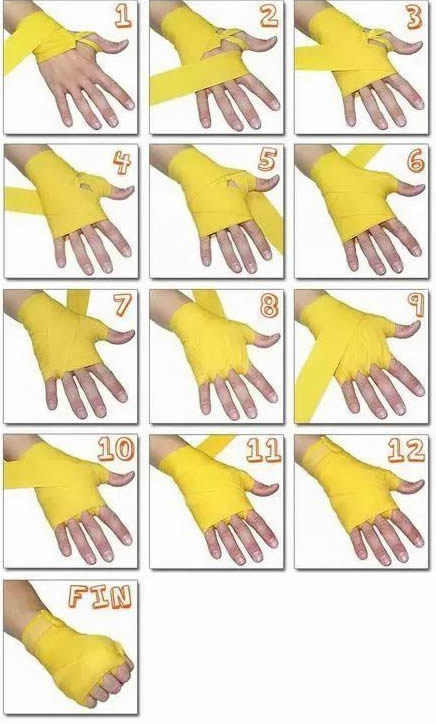
Strength wrist guards
They are commonly worn during strength training and range in length from 60cm to 90cm. The wrist guards vary in hardness depending on the material used, but in general they are designed to provide support and stability for the wrist and help it to maintain a neutral spinal position during the movement.
In most powerlifting competitions the maximum length allowed is 90cm, while in everyday training 60cm-80cm is sufficient.
Use in both upper and lower body training scenarios
Lower body training
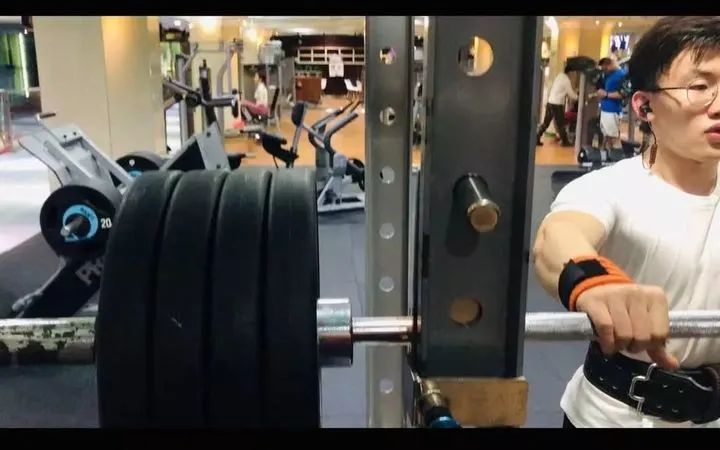
You may be surprised to learn that you need wrist guards for squats. If you squat with a high bar then wrist guards are not necessary.
However, if you are a powerlifter, or if you like to squat with high weight on the low bar, then wrist guards may be a real necessity, due to the different characteristics of the movement.
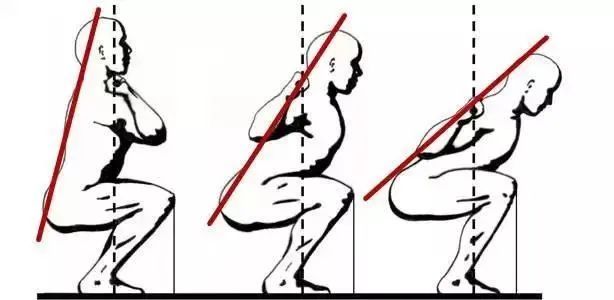
First left, front squat middle, high bar squat first right, low bar squat
The low bar is placed on the posterior bundle of our deltoids, the main weight bearing position is the posterior bundle of our deltoids, and the hands are only lightly held for stability
However, when the weight is lifted to a certain level, say more than twice the body weight, then the pressure on the wrists increases
The limited mobility of the shoulders also affects the distance the hands can hold the barbell, which in turn affects the wrists, so in the low bar squat there are different grips to help stabilise the barbell on the shoulders.
I hope you can learn from the past, even squats that don't seem to be wrist related can cause wrist injuries, we must learn to find the risks and eliminate them in our training.
Application of deep squat wrist guards

Taken with the high bar squat: No wrist guards required
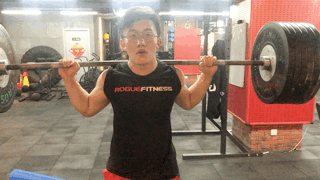
Low bar squats with a straight wrist grip: No wrist guards required
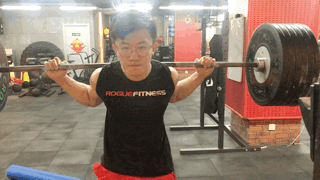
Low bar full grip squat: Wrist guards may be required

Low bar three finger grip squat: No wrist guards required
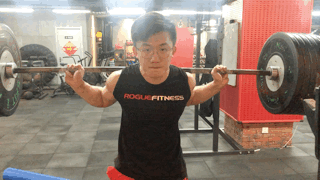
This grip is advocated by a handful of powerlifters. Ben pollack, a powerlifter and phd student at the university of texas at austin, has set an all-time high in the 198lb class, note his grip in the competition below

Overhead squat & deadlift
In weightlifting, you can see many people wearing a bandage of sorts around their wrists, which can also be considered a wrist brace.
In weightlifting and crossfit, a softer wrist brace is used, as opposed to a strength brace, which is softer and more like a bandage on the hand, to help support and stabilise the wrist while allowing for some flexibility in the hand.
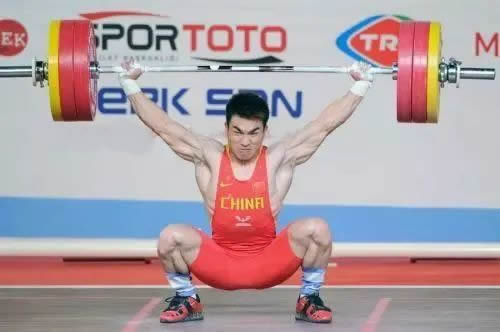
Some athletes or enthusiasts really do wear bandages on their wrists at all times during training, regardless of the discipline, but the softer, more adjustable wrist brace below is one of the options you can include, and some novice athletes can choose this type of brace.

Crossfit also has a special wrist + palm guard to help with more and better pull-ups, jerks, snatches etc. The wrist section can provide some support for the wrist

Upper body training
In upper body training, wrist guards are even more important. They are used in the bench press and push press to ensure a neutral position of the wrist as much as possible, to improve the stability and support of the wrist and thus to ensure the health of our wrists.
Bench press
Bending the wrist in the bench press
In most cases it is extremely dangerous to wear wrist guards to increase the stability of the wrist in the bench press.
The push press
The importance of wrist guards in the push press cannot be overstated, but it is important to pay attention to your grip during the exercise, the main thing is to have the correct grip, you should touch the barbell with the heel of your palm, not the tip of your palm, using the tip of your palm will make your wrists wobble during the movement.
Others
You can certainly use wrist guards in the bicep, hammer curl or any movement that may put stress on your wrist, even in the hard pull, rowing and some powerlifters believe that wearing wrist guards in the hard pull improves wrist stability and therefore grip strength, for example eric lilliebridge in the 125kg unarmoured squat 428 push 235 pull 360 lilliebridge

In daily training, it is still recommended that you wear them in large weight bench presses and push presses as appropriate, for example, you can choose not to wear them for movements such as two-headed curls and rowing, after all, you wouldn't take 200kg to do curls.
Strength
Wrist guards
Strength wrist guards - as mentioned above, for squatting, pushing and pulling and strength training
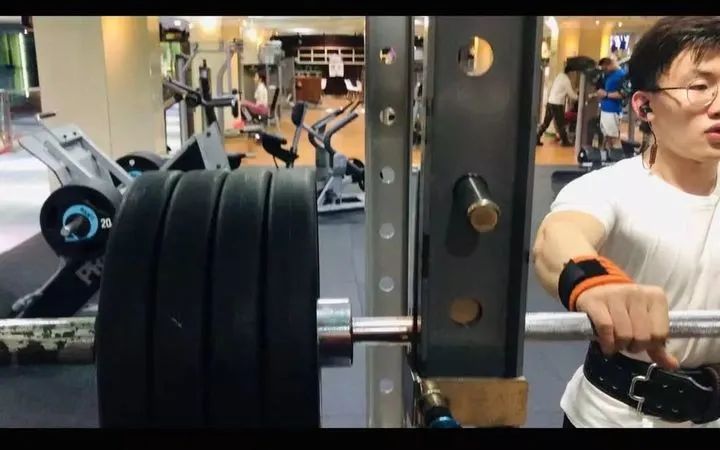
Crossfit wrist guards
Crossfit or palm guards - as mentioned above, for weightlifting, daily training
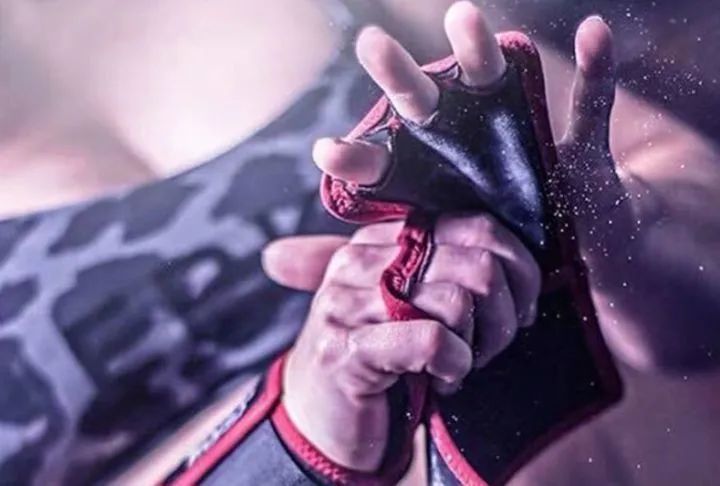
Protective wrist guards
Protective wrist guards can be used for sports such as tennis, badminton, etc.

Taping wrist guards
Standard international boxing regulations stipulate that the hand bandages are 2.5 metres long and 5 cm wide. The hand bandages are divided into: Sparring, muay thai, karate and other martial arts hand bandages are additionally divided into elastic and inelastic, with different tying methods.
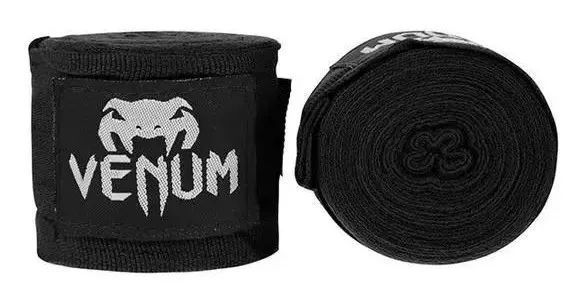
The best way to address an injury is to prevent it, hopefully this article will help you understand the importance of wrist and wrist guards


